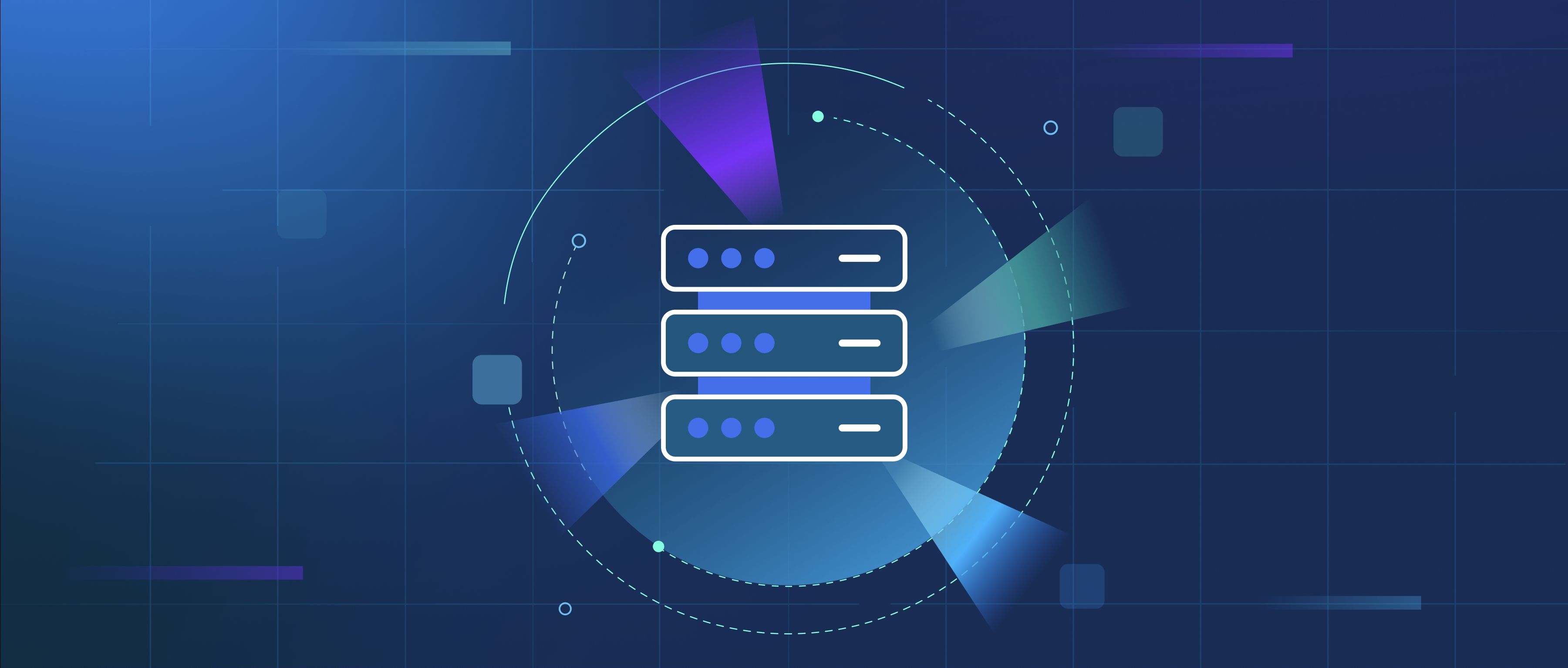Trends in SaaS development are shaping how software is built, delivered, and consumed. One significant trend is the shift towards microservices architecture. Instead of building a monolithic application, developers are creating smaller, independent services that each handle a specific function. This approach allows teams to develop, update, and deploy parts of the application without affecting the entire system. For example, a SaaS platform for project management might have separate services for user authentication, task management, and reporting, making it easier to scale and maintain.
Another trend is the increasing emphasis on integrations and APIs. SaaS products are now being built with the idea that they need to connect seamlessly with other tools and services that users already rely on. Developers are focusing on creating robust APIs that allow for easy integration with third-party applications. For instance, many CRM solutions are now compatible with a variety of marketing platforms and collaboration tools, enabling users to streamline their workflows. This makes SaaS solutions more versatile and appealing to businesses that use multiple software tools.
Finally, there's a growing importance placed on data security and compliance. As SaaS applications handle sensitive information, developers are taking extra measures to ensure that their products meet regulatory standards and protect user data. Techniques like encryption, regular security audits, and adherence to frameworks such as GDPR or CCPA are becoming standard practices. For example, many SaaS companies are now implementing multi-factor authentication and data anonymization to enhance security, demonstrating a commitment to safeguarding user information while building trust with customers.
